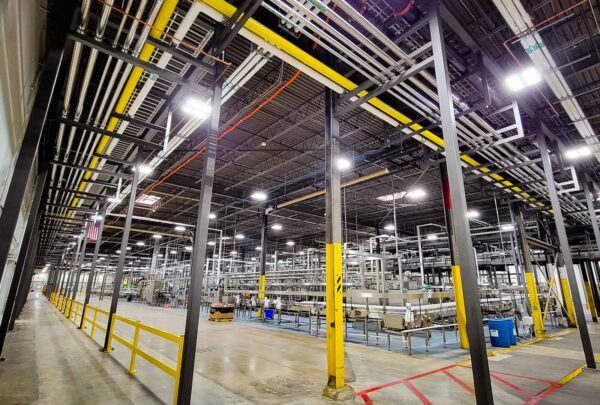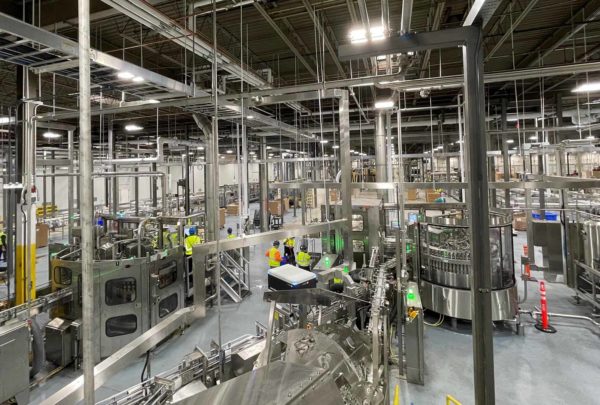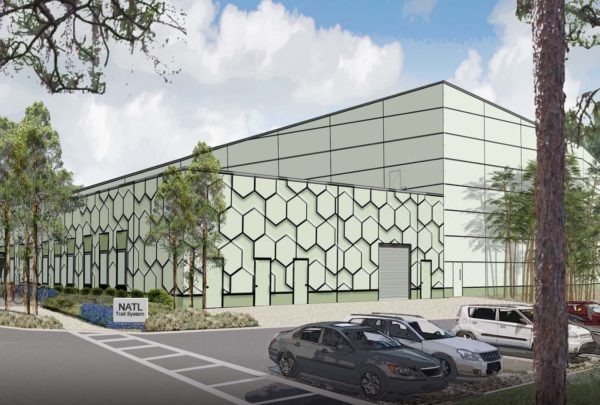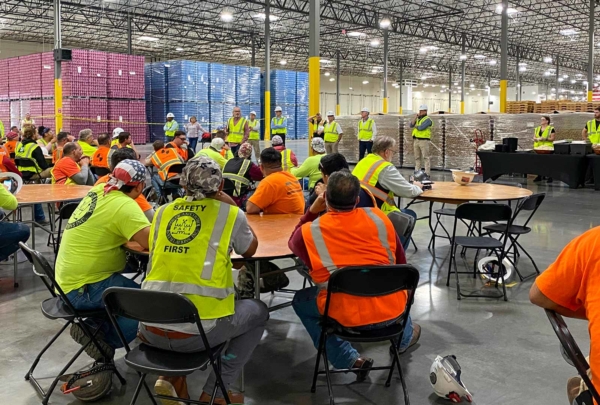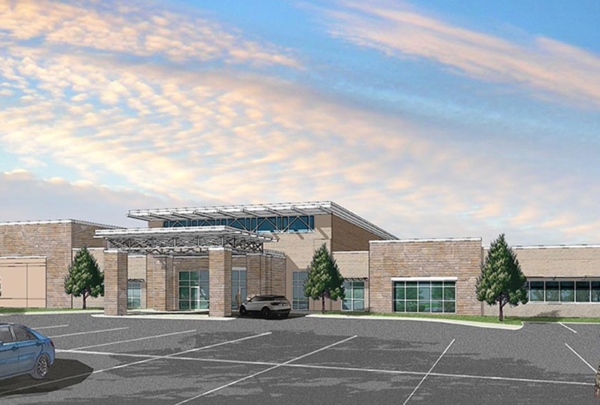Considered an alternative delivery method not so long ago, design-build has taken a prominent place in the mainstream as an attractive choice as project owners confront increasing complexities, tightening budgets and compressed timelines.
The reasons are numerous and clear.
The traditional design-bid-build approach is linear. Owners hire a design firm, or firms, for architectural and engineering work, then receive a set of construction documents on which contractors bid, with the job going to the lowest bidder. Owners typically depend on the architect’s skill and integrity to represent their best interests and oversee construction.
But the bifurcated process creates divergent interests – with designers seeking to maximize quality and contractors seeking to minimize costs – and often leads to communication gaps, tensions between parties, complications for the owner, overruns in cost and schedule and even significant legal issues.
Design-build all but eliminates those conflicts. One company combines the design and construction phases in a single contract, making a single party accountable to the owner. Architects, engineers and builders work together from the project’s inception. Open collaboration throughout produces greater innovation, efficiency and value for the owner.
Haskell founder Preston Haskell was an early proponent and leading evangelist for design-build, and he made it his company’s business model.
“Most people don’t realize that design-build was an uphill battle,” Haskell said. “It was a little-known project delivery. There was much skepticism and very little experience with design-build when we first began. In the early days, I was selling design-build as much as I was selling The Haskell Company.”
In a 1973 proposal letter, he explained that virtually all of Haskell’s projects employed design-build, “wherein we provide, with our own staff of in-house architects and engineers, complete design services as well as actual construction.” He then listed four advantages:
“Savings in time due to the telescoping of design and construction phases.”
“Dollar savings arising from our intimate knowledge of construction costs and methods brought to bear upon the manner in which the project is designed.”
“Single responsibility for both the design and construction phases – as opposed to ‘buck-passing’ which may arise when two different entities are responsible for your satisfaction with the finished product.”
“Our ability to guarantee construction cost well in advance of the completion of working drawings and specifications, which obviates your expenditure of large amounts of time and money on working drawings without knowing a firm cost.”
Decades later, in any conversation on the topic, Preston Haskell will list the same advantages of design-build. But neither he nor any other proponent of the delivery method needs to fight uphill anymore.
According to a report issued by the Design-Build Institute (DBIA) of America and Fails Management Institute (FMI), in 2025, 47 percent of all construction dollars is expected to be spent on projects using design-build delivery. Owners surveyed by FMI reported receiving significant value from design-build on large, complex projects. The survey also found that the experience with design-build ranked highest of all project delivery methods, with more than 75% of survey respondents reporting very good and excellent experiences.
“When owners partner with design and construction professionals early in the process, it creates an innovative environment where a custom solution focused on owner goals can be developed collaboratively,” said Pete Kinsley, president of Haskell’s Infrastructure & Transportation Group and a current member and past chair of the Design-Build Institute of America board of directors.
“Speed of delivery and monetary savings are additional benefits,” Kinsley said. “Design-build allows for a single procurement for both design and construction, concurrent design and construction, early release of long-lead materials and equipment, and the ability to phase construction.”
In the end, the design-builder guarantees a high-quality project delivered within set cost and time parameters. Because the design-builder is accountable for all aspects of the project, it bears the risk of cost overruns from design errors or poor coordination.
“Owners find significant value in transferring risk, via a single contract, for both design and construction services,” Kinsley said. “But as much as design-build is defined by a sole-source contract for design and construction services, it’s also defined by the attitude of everyone involved. In successful design-build projects, everyone makes the mental shift to think and act as a single entity.”
Haskell’s place in the history of design-build is rich, and its growth within the integrated design space and its contributions to it are unmatched. Not only has it built on that foundation by offering delivery methods such as Engineer Procure Construct (EPC) and Design Manufacture Construct (DMC), but it is also distinguished by the quality of work and relationships it has built.
Practiced at its highest level, integrated delivery ensures that the sum of a project is greater than the whole of its parts. Haskell differentiates itself by ensuring that the whole of any project it undertakes meets or exceeds the owners’ expectations.
“Our four biggest selling points are early knowledge of firm cost, singularity of responsibility, savings in time, and savings in dollars,” Preston Haskell said. “But beyond that, the principles I think are important are, No. 1, we adopt the owner’s goals as our goals, and No. 2, we seek to add value, that is, we want your building to be more successful because you chose Haskell.”

